Preventing storm water pollution from entering your area’s water resources may require a greater effort. Activities such as using a rain barrel to capture roof runoff or planting native plants to act as buffer between your yard and the street ensure storm water stays clean and won’t transport pollutants into the nearest storm drain inlet.
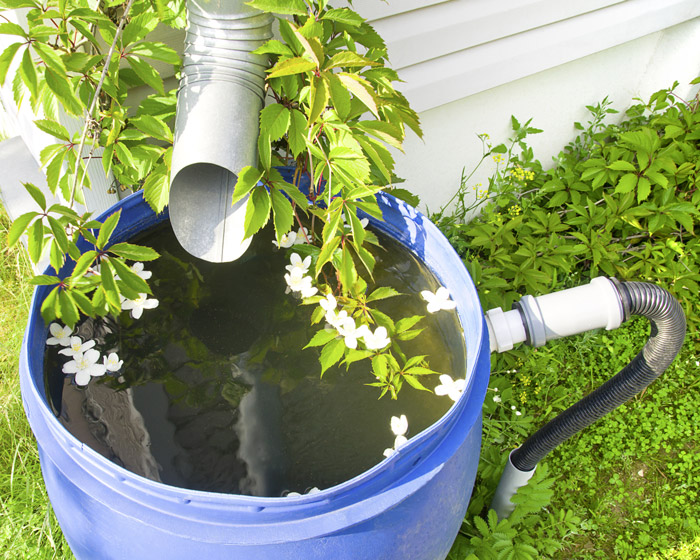
Connect A Rain Barrel
A rain barrel captures rain that drains from your roof, preventing storm water from traveling over paved surfaces as well as over your lawn. This decreases the chance of transporting pollutants by rainwater into the nearest storm drain inlet. The captured water may be recycled for irrigating your garden or washing your car.
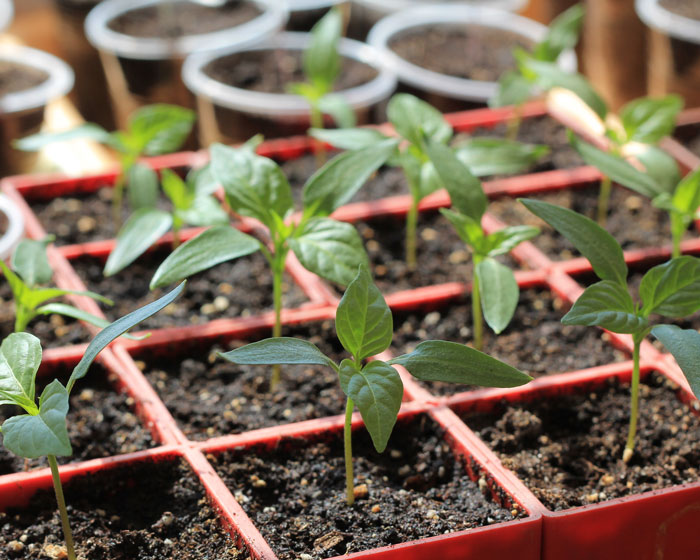
Use Storm Water for a Container Garden
Colorful plants and vegetables may be grown from a container box or garden that uses storm water runoff for irrigation. This is ideal for an urban setting with limited space. Runoff can be discharged directly into the container or from captured water, such as from a rain barrel.
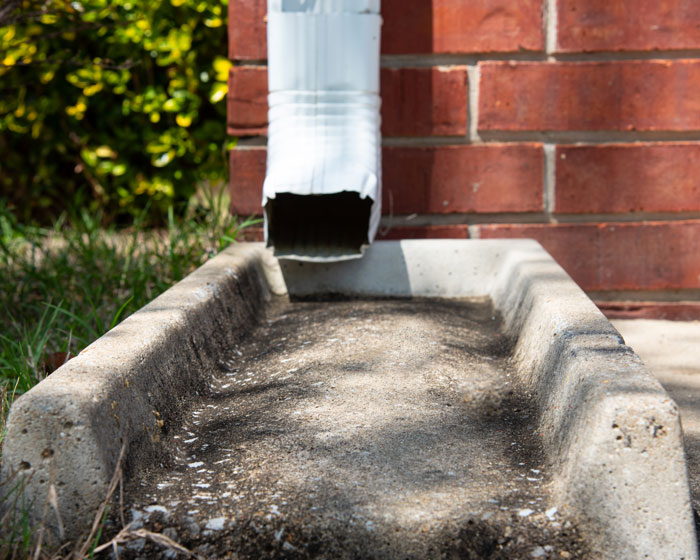
Disconnect & Redirect Downspouts
If practical, reroute your home’s downspout onto in a permeable area such your lawn or a rain garden to reduce or eliminate the runoff onto non-permeable surfaces, which may contain chemicals and sediments harmful to water quality and marine life. Using a splash pad, rocks, or a concrete block near the discharging area will dissipate the water flow and help reduce erosion at that spot.
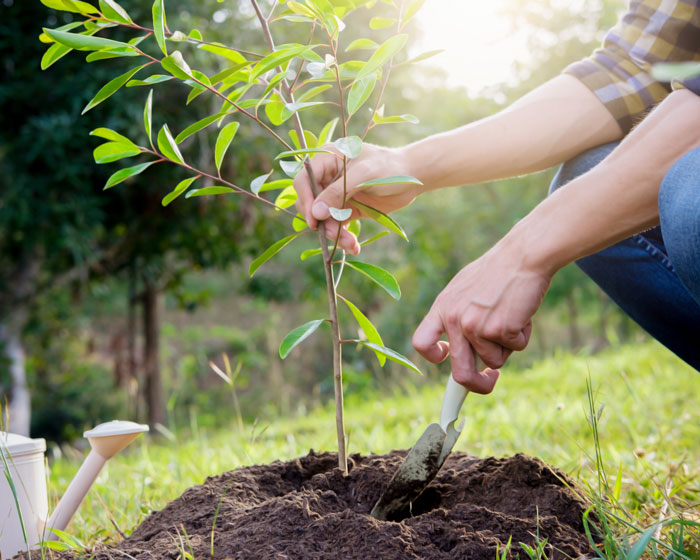
Plant Trees or Shrubs
Trees and shrubs serve a number of benefits in our community as they are aesthetically appealing and provide shade. They also help prevent pollution from entering the storm drain system by capturing falling water and reducing the rate and force at which the water enters the soil. This reduces soil erosion and runoff, both of which may flow over polluted paved surfaces and into a storm drain inlet.
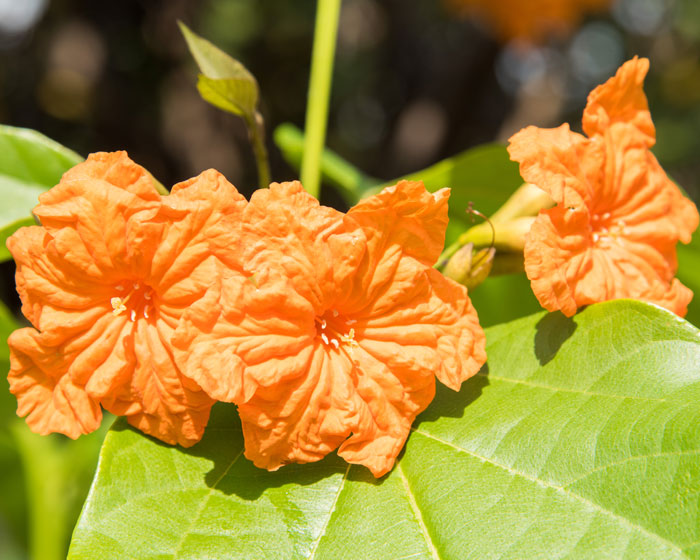
Use Native Plants
Native plants thrive on natural rainfall and prevent soil erosion with an extensive root system that helps stabilize soil structure. Non-native plant species may rapidly spread in an area and choke out other plant species.
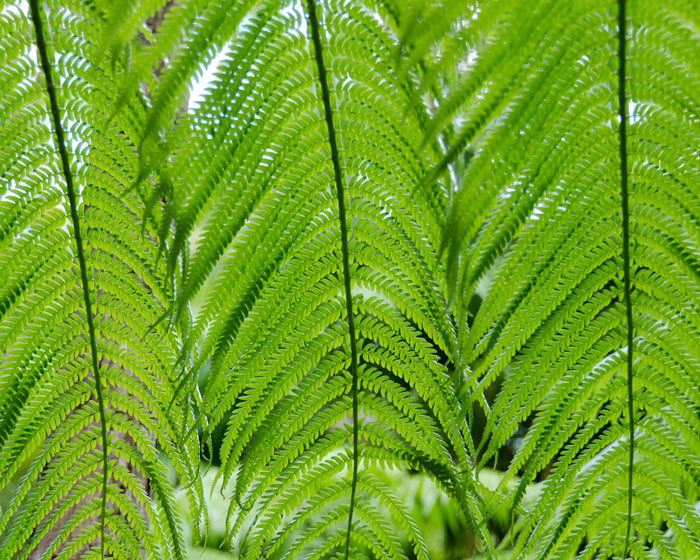
Grow Vegetated Buffers Alongside Waterways
Storm water can easily carry soil into the nearest storm drain, especially off of an exposed, sloped area. A vegetated buffer will help trap the sediment and other pollutants, and prevent it from traveling into the nearest storm drain inlet.
